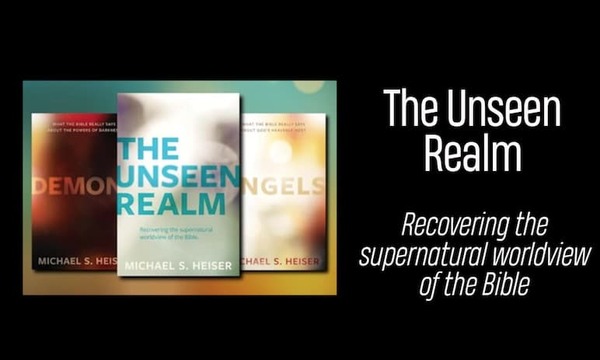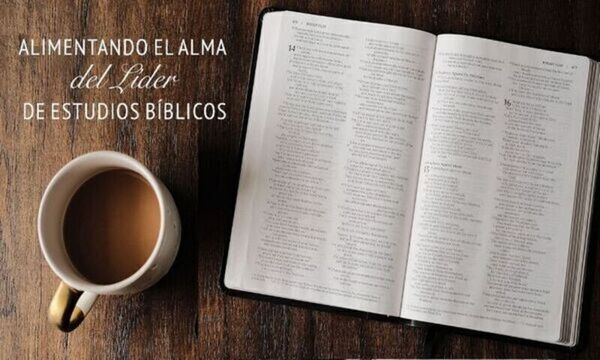Each time I have read through I have been struck by some apparent linguistic and cultural allusions to the Turkic-world[1] in C.S. Lewis’s beloved series for children. Two of these seem beyond any reasonable doubt to be allusions to things Turkic, others seem very likely to connect somehow, and still others feel to the present author like connections, but may not in fact be.
As a non-specialist, I list these for the consideration of those who are more familiar with linguistic/cultural influences on Lewis than I. I am a professor of New Testament who happens also to fluently speak and read modern Turkish. Moreover, I genuinely admire Lewis’s writings. These are my only qualifications. Readers who understand Lewis can research my suggestions further.
Almost-certain allusions to the Turkic-world in the Chronicles of Narnia:
There are two allusions that readers of the Narnia series encounter immediately, both of which are central to Lewis’s story and which appear almost certainly to be allusions to words and things Turkic.
- The first allusion concerns Aslan himself. The common word for “lion” (the animal) in the Turkish language is none other than “aslan”. The Turkish spelling of this word is identical to that used by Lewis for the great lion of Narnia. It seems inconceivable that Lewis would have used this word without knowledge that its source was Turkish.
- The second almost-certain allusion is Lewis’s use of Turkish Delight in The Lion, The Witch, and the Wardrobe. It is interesting that Turkish Delight (or “lokum” as it is known in Turkey) as a term is known to many in the English-speaking world, not because many have ever tasted the delicacy itself, but simply because Lewis’s own description of this scrumptious morsel of temptation has caught the imagination of so many of his readers.
It is striking that these two connections appear as major issues in the early parts of the very first book of the series. This, more than any other observation, should cause the careful reader to be on the lookout for other possible Turkic connections. Though no other Turkic-world connections are as striking as these two, there do exist other connections that seem to rise to the level of possibility. The presence of two almost certain connections raises the likelihood in any other individual case that an alleged connection may be real, not just imagined.
Other serious contenders:
- The use of the name “Miraz” in Prince Caspian is (once again) an exact spelling of a modern-Turkish word. The word “miraz” in Turkish is the word for “inheritance.”
- The evil queen—or witch—in The Magician’s Nephew is named “Jadis.” The Turkish word for “witch” is pronounced “jadi” (its spelling is “cadı,” but a “c” is pronounced as “j” in Turkish).
- Lewis’s use of the name “Tash” for the Calormen deity in The Horse and His Boy and The Last Battle is another word that could have been influenced by the Turkic languages. The Turkish word “taş” (pronounced exactly as “tash”) is a common Turkish word that means “stone”.[2]
- In this regard, Tashbaan, again in The Horse and His Boy, uses the same root (“tash”) but adds an Arabic ending. Could it be that the capital city of Uzbekistan, Tashkent (which literally means “stone-city”, cf. “taş + kent”) is somehow echoed in this place name? Tashkent is one of the most important cities in the Turkic world.
- Kidrash in The Horse and His Boy sounds very much like the English word “Kurdish,” which is the adjectival form of a large people group that lives primarily in eastern Turkey, but also has smaller populations in the northern portions of Iraq, Iran, and Syria.
- The use of the name “Caspian” in Prince Caspian could have been intended by Lewis to usher readers into the world of the Caspian Sea, of which more than 70% is bordered by nations of the Turkic-world—Kazakhstan, Turkmenistan, and Azerbaijan.
Others possible connections (that I don’t know what to do with):
- The description of houses like “great stone beehives” in The Horse and His Boy, will bring to mind to anyone who has been to eastern Turkey the city of Haran (known especially for its association with Abraham). Still, there are other places outside of the Turkic world that in ancient (and modern times) have had beehive-like houses; and the term “beehive-house” has been employed to describe dwellings in places as unconnected as Turkey, Syria, Tibet, Cameroon, and Ireland.
- The expression “Bosh!” in The Magician’s Nephew is probably not used by way of Turkish influence, but its employment will cause any Turkish speaker to sit up and take note. In Turkish the word “boş” means “empty” and is used in many interjections (such as “boş ver!”, which means “forget it!”). Nevertheless, although it is not encountered often in English literature, it is still used occasionally in English with the basic meaning of talk that is pretentious or silly.
- The name Azin Balda (again from The Horse and His Boy) feels Turkic to this writer, but he still isn’t convinced by the connection. (But note that “bal” is Turkish for “honey” and “da” is a very common suffix in Turkish).
Of course, there appear to be numerous, general Middle Eastern cultural influences on the descriptions of the Calormen in The Horse and His Boy (some of which would overlap with Turkic-world issues), but those constitute a separate subject from the one taken up here. The suggestions listed above are ones that seem more possibly to intersect specifically with Turkic words and things. It remains now for those who know Lewis well to evaluate if and how these could have made their way into The Chronicles of Narnia.
One additional note: Michael Ward, whose theory that each Narnian tale evokes the imagery of one of the seven planetary models of medieval cosmology, has caught my imagination, though, as I wrote before, I am a non-specialist in Lewis and recognize my limitations in evaluating such a proposal. But Ward makes an intriguing comment about Turkish when he labors to connect the book Prince Caspian with the planet Mars: “Lewis, who had a smattering of Turkish, seems to have known that Mars is called Mirikh by the Turks, to whom it means ‘Torch.’” Also, “Like the Jovial robes left behind in The Lion, Edmond’s Martial torch links the planetary influence experienced in Narnia with the children’s life back in England.” In his endnote, referring to a personal letter of Lewis, Ward asserts: “Lewis seems to have acquired some Turkish from his reading of Lane’s translation of The Arabian Nights: see letter to Carol Jenkins, 22 Jan 1952, where he reports that ‘Aslan’ is ‘Turkish for Lion.’”[3]
Ward may be mistaken on this point, though I readily admit I may be missing something. I believe that Mirikh (or Mirrikh) is actually originally Arabic rather than Turkish, a word that means both “wolf” and “the planet Mars” in Arabic. But I have not been able to establish that modern Turks use the word at all. I did find the word Mirrih in an Ottoman Turkish dictionary, listed only as “the name of a star.” This indicates minimally that Ottoman Turks used the word to refer to something in the sky, and since many designations were drawn from Arabic during the Ottoman period, it may be correct that Turks at some point referred to Mars as Mirrih, derived from the Arabic. But I can still find nothing to confirm that this word ever meant “torch” (whether the fire-light kind or the flashlight Lewis wrote about at the end of Prince Caspian) despite the help that such a connection would lend to Ward’s theory that Lewis employs a torch at the end of Prince Caspian to solidify the connection to Mars.
Notes
[1] The Turkic-world consists of the area stretching from modern Turkey through Azerbaijan into the Central Asian nations of Kazakhstan, Uzbekistan, Turkmenistan, Kyrgyzstan, and the Sinkiang province of North-west China. The languages spoken in these areas are mostly Turkic languages.
[2] It may be significant in this regard that the god “Ungit” in Till We Have Faces is represented by a monolith. I am indebted to Jerry Root for suggesting this possible parallel.
[3] Michael Ward, Planet Narnia: The Seven Heavens in the Imagination of C.S. Lewis (Oxford: Oxford University Press, 2009), 93 and 274 n. 50.
 ΩÒ»’∫⁄¡œ
ΩÒ»’∫⁄¡œ

.jpg)

.jpg)